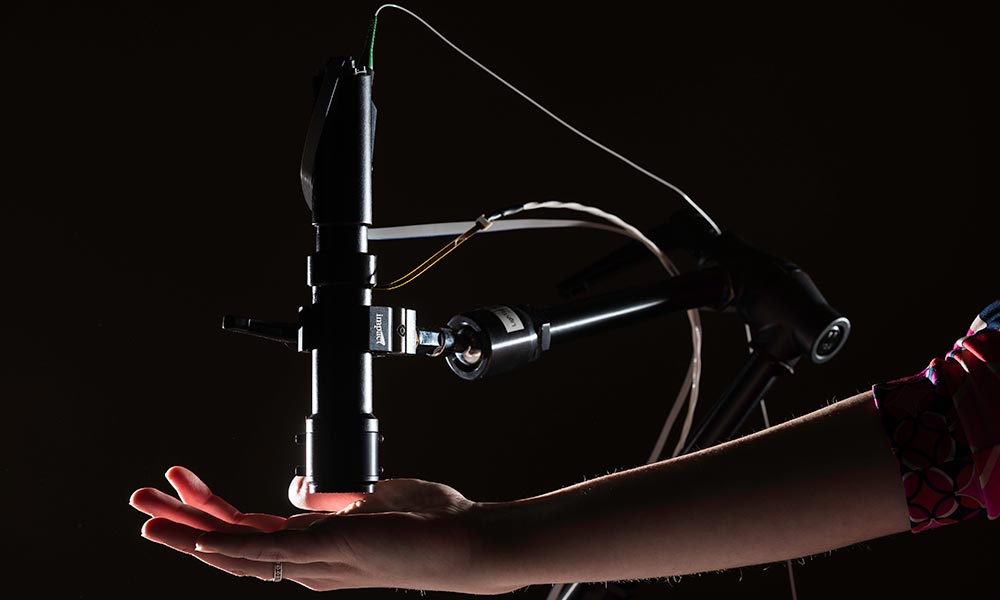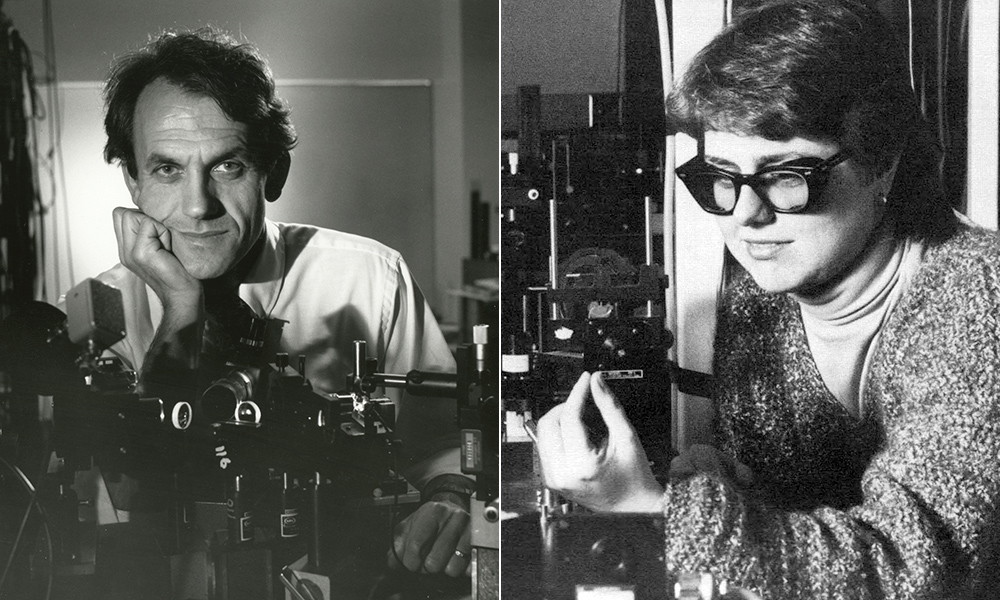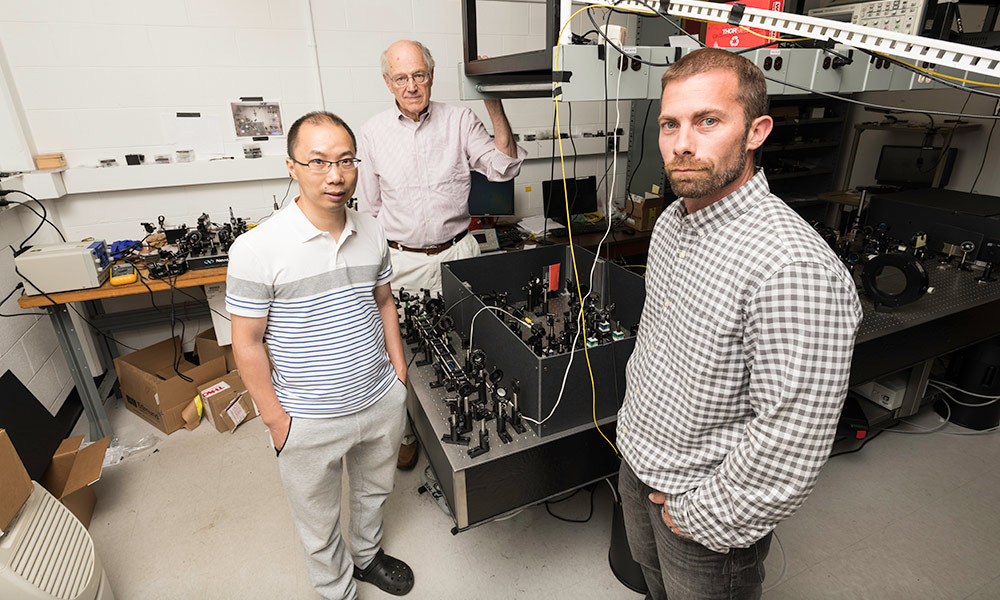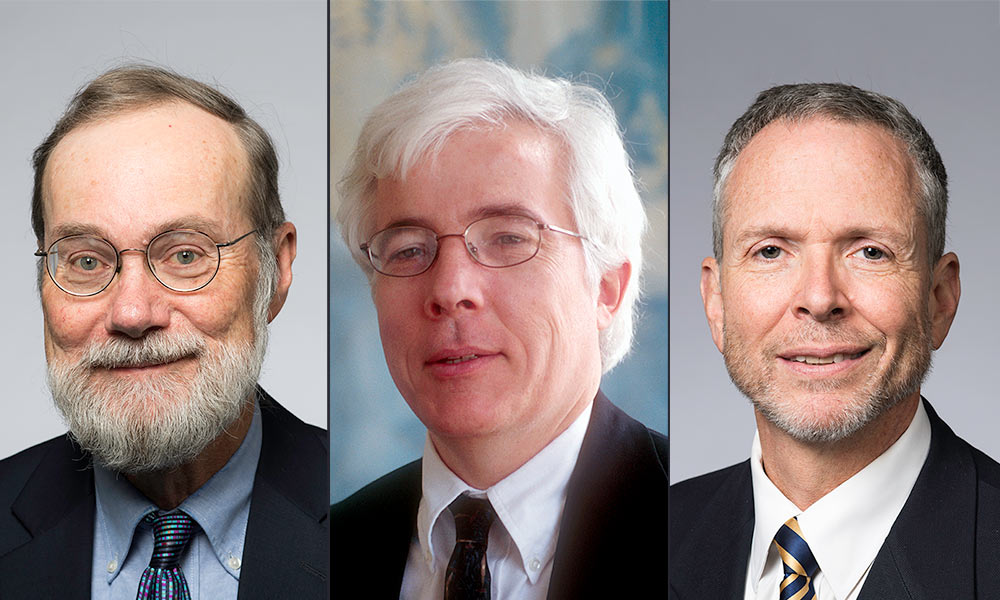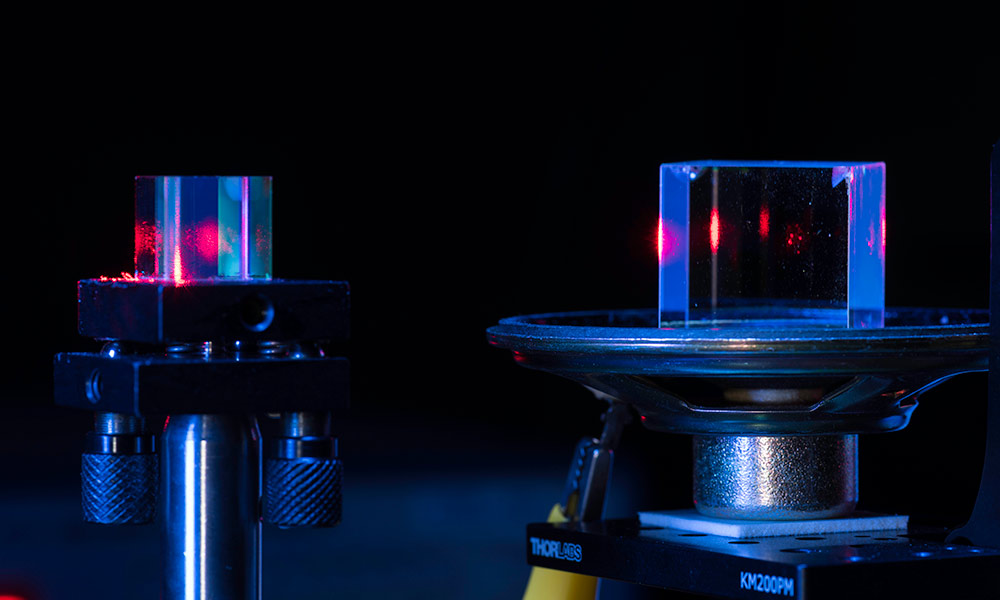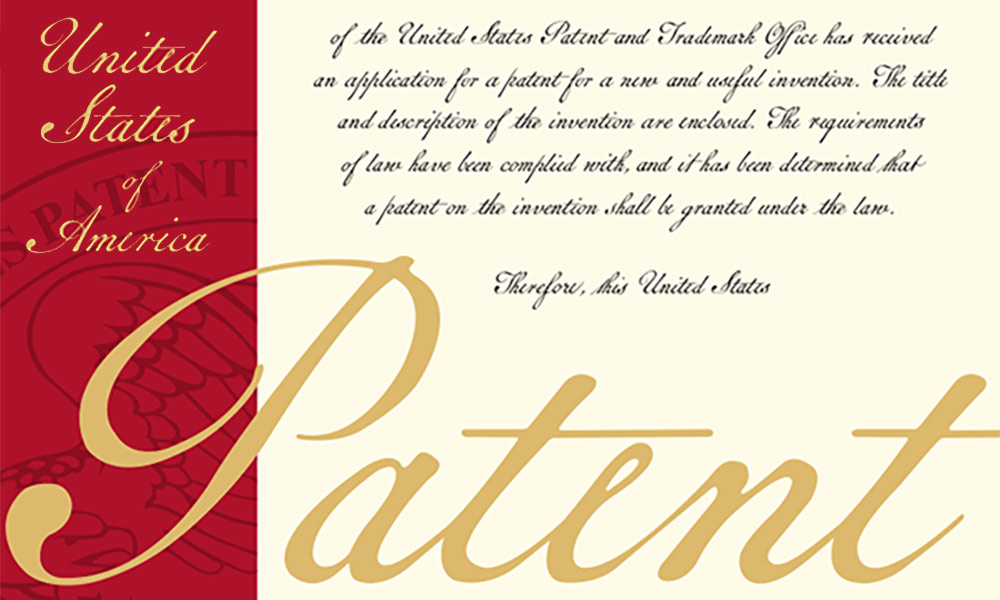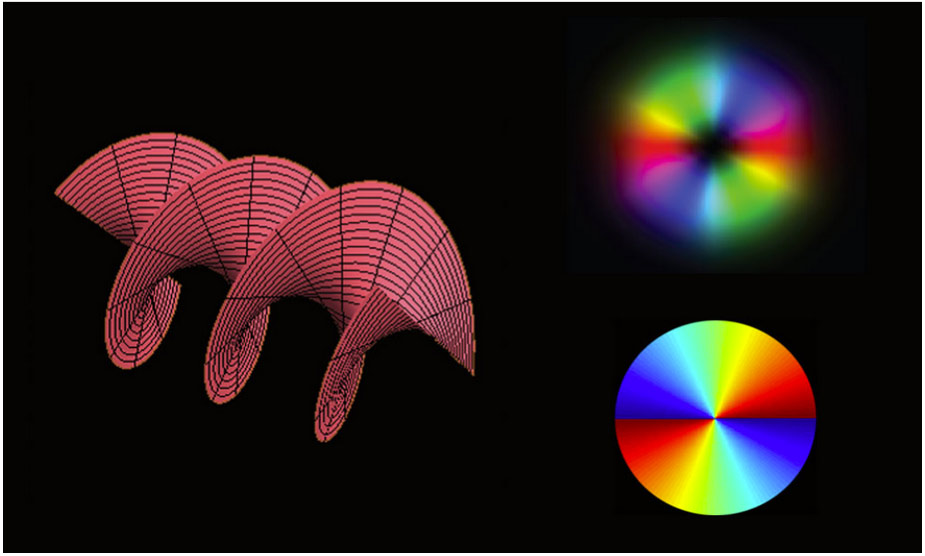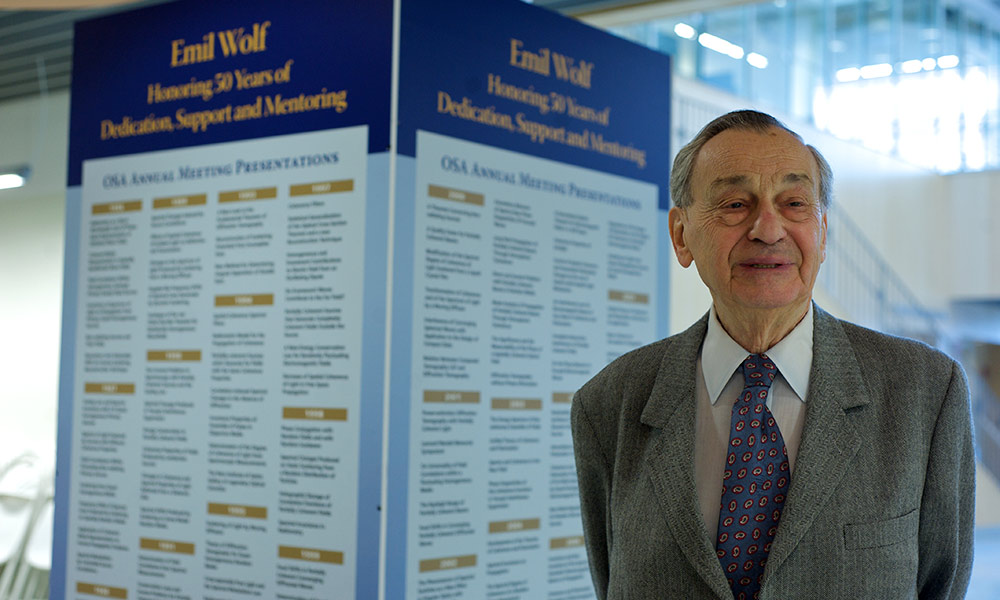
Campus & Community
Wells Award winners excel in engineering and humanities
November 9, 2018
They major in optical engineering and minor in Italian. Or work toward dual degrees in music and computer science. Or pursue two minors while majoring in audio and music engineering. Meet the graduating seniors from the Hajim School of Engineering and Applied Sciences honored for pursuing dual degrees or minors in the humanities.

